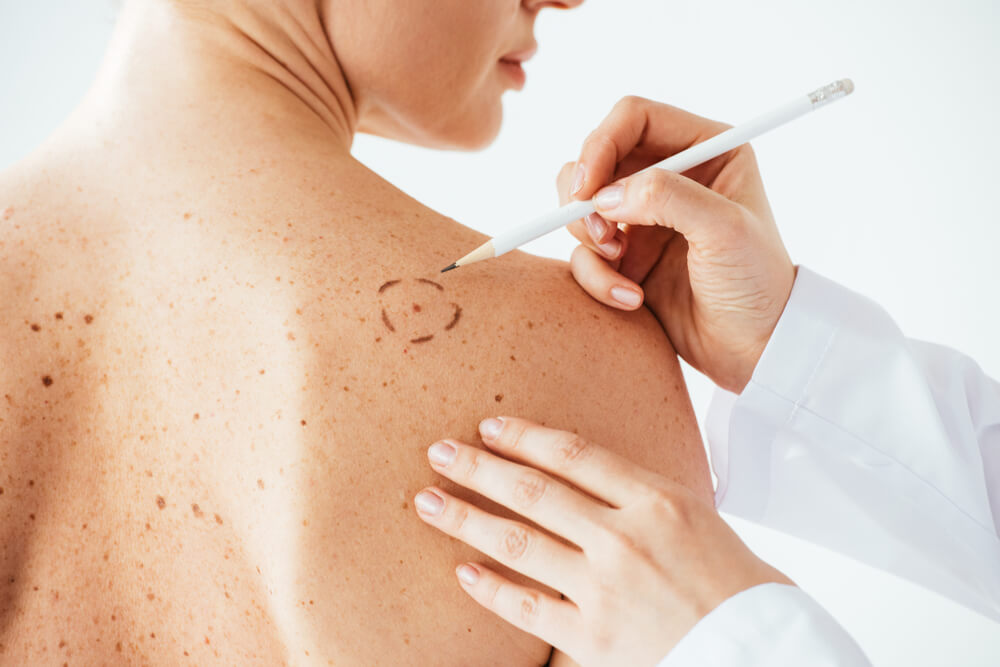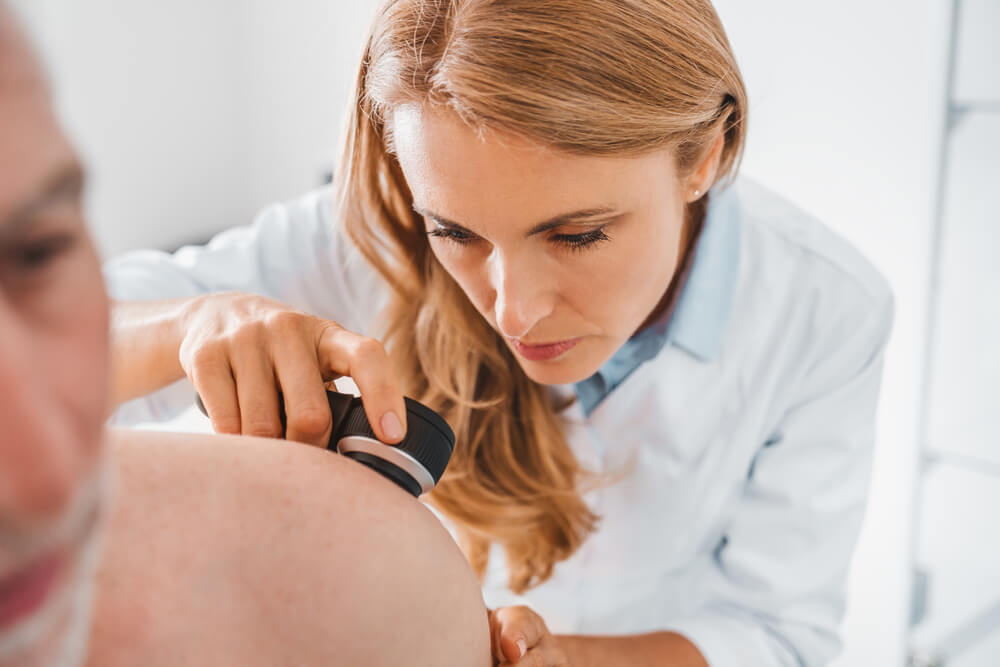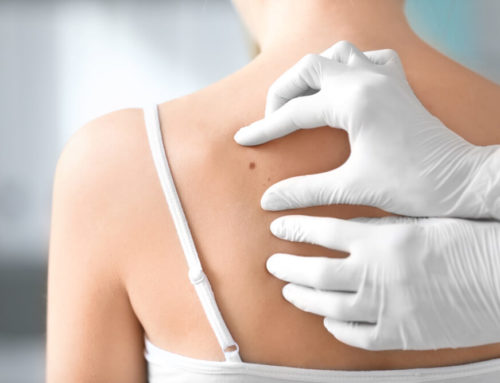Many people worldwide are familiar with normal moles, whether it be on themselves or someone they know. They are easy to identify due to their distinct coloration. However, what is not too obvious is when to worry about a mole because of the chance it has turned cancerous.
What Is a Normal Mole?
A mole is defined as a high concentration of skin pigment melanin. They are darker in color and are typically round or oval-shaped. A normal mole can be flat or slightly raised on the skin. Its diameter can vary; however, it’s usually 6mm or less.
If someone is experiencing itchy moles or an inflamed mole, this may be a good indication of when to worry about a mole and to consult a doctor.
When Does a Mole Become Dangerous?
For individuals that have moles, they need to be especially careful. This is because it can potentially turn into skin cancer (Melanoma) without warning. The older the individual is, the higher chance they have of cancer developing. For those that are concerned, a doctor should examine a mole.
How Does the Transformation Process Happen?

The majority of skin cancers develop because of exposure to UV radiation that is emitted by the sun. When this happens, malignant changes occur in skin skills. Although in rare cases, some types of cancer can happen with no UV exposure.
Three types of skin cancers caused by UV exposure that relate to 3 different skin cells include:
Melanoma
Squamous Cell Carcinoma (SCC)
Basal Cell Carcinoma (BCC)
What Is Melanoma?
Melanoma is one of the least common yet most aggressive types of skin cancer that originates from moles. It is known to spread to different parts of the body so quickly that it can cause individuals to face a life-threatening situation within weeks or months.
People that have pale skin are known to be at an increased risk of UV radiation. Although, those with darker skin tones still must be careful, especially as it can be hard to know when to worry about a mole as changes will be less visible when melanoma is developing. For the best diagnosis, it’s always a good idea for a doctor to examine a mole.
Checking Moles for Signs of Melanoma
As mentioned, the best recommendation is for a doctor to examine the mole. However, there are some checks that you can carry out at home to look for signs of this type of cancer developing.
Firstly, individuals will need to examine their entire body to identify freckles, moles, or places with pigmentation. You should pay special attention to itchy moles and any inflamed moles.
Skin cancer can develop on any part of the body, not always the areas that directly contact the sun. Therefore, be sure to look in every area, including soles of the feet and the scalp.
Once a thorough examination has been carried out to determine the current condition of moles and other dark skin areas, it’s time to check for signs. The first being, if anything has changed since the last time you looked.
Other points to determine when checking mole changes:
- Does the mole feel different since previously touched
- Do you have itchy moles or an inflamed mole?
- Is it bleeding, weeping, or swollen?
- Has the size increased beyond 7mm?
- Is the color different?
- Does the moles’ border look uneven, notched, or spreading?
- Is it asymmetrical?
Contacting a Specialist
If you’ve become concerned about a mole and want to check its condition from a health professional, Advanced Surgical Physicians are here to help.
Don’t leave it up to chance when worrying about a mole. For those in Palm Beach County, Florida area, our team will carefully examine your skin. Even if there appears to be little change and you still want to be on the safe side, contact us today.



